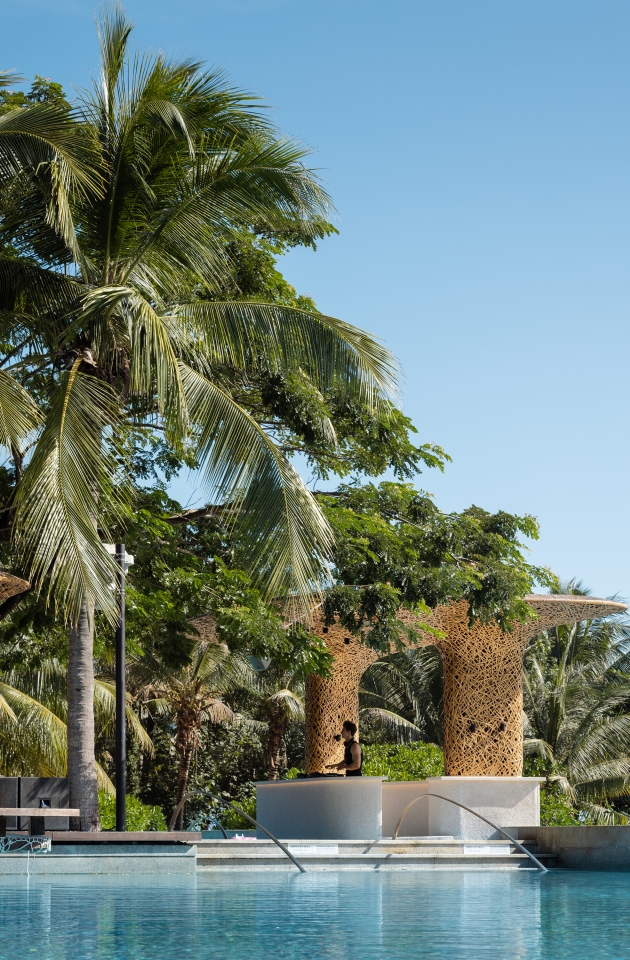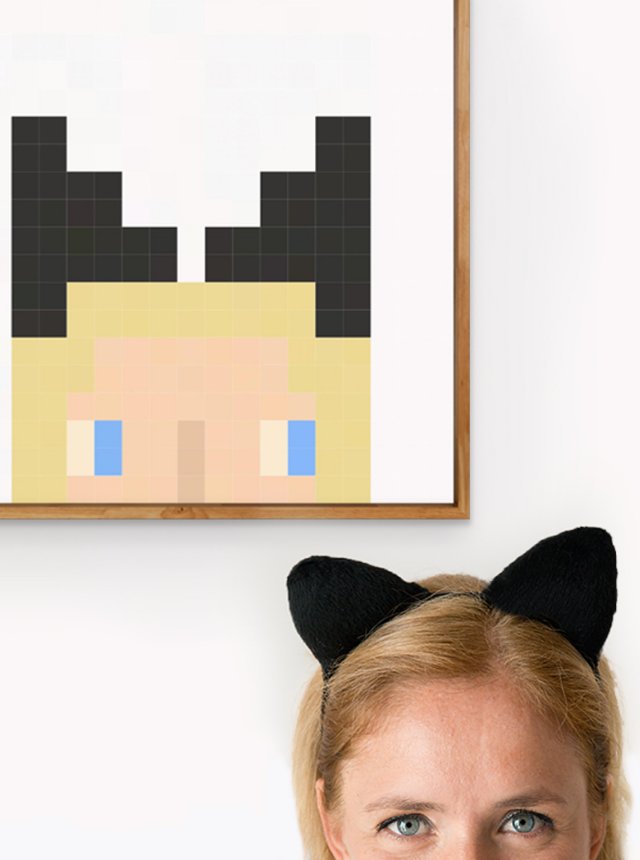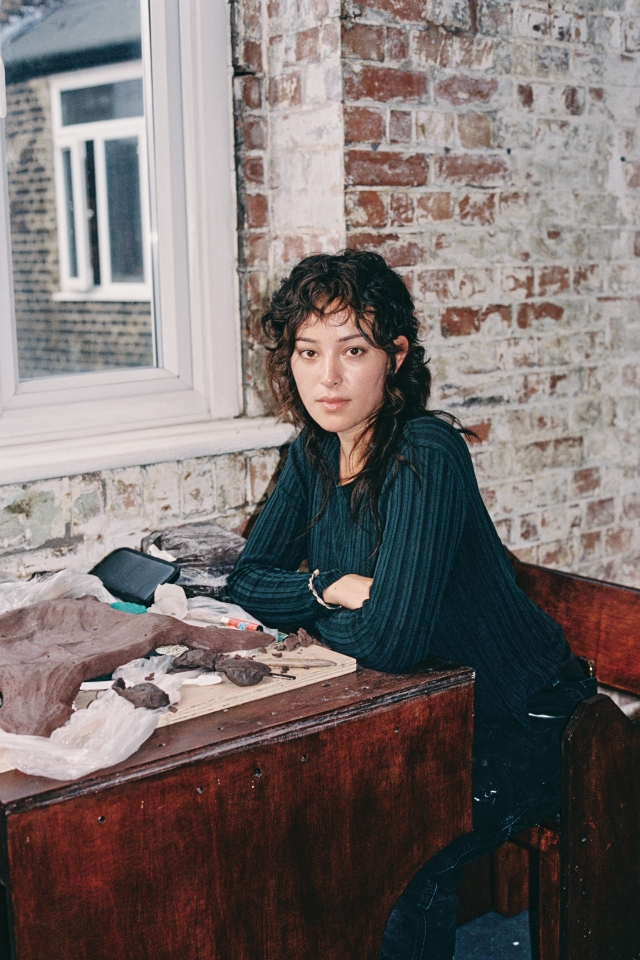At the beginning of 2023, the Zikawei Library, designed by Wutopia Lab over a duration of four years, officially opened. Anticipated as the most sensational cultural landmark in Shanghai, this was also the first time the project was known to the whole city before an official announcement from the studio. Previous to becoming the Zikawei Library, this building was designed as a bookstore by David Chipperfield Architects (DCA). Unfortunately, just after the facade and the structure of the building were completed, the building was left vacant. After two investments of the bookstore had bowed out, this was eventually designated to be the public library in Zikawei District and named the Zikawei Library.
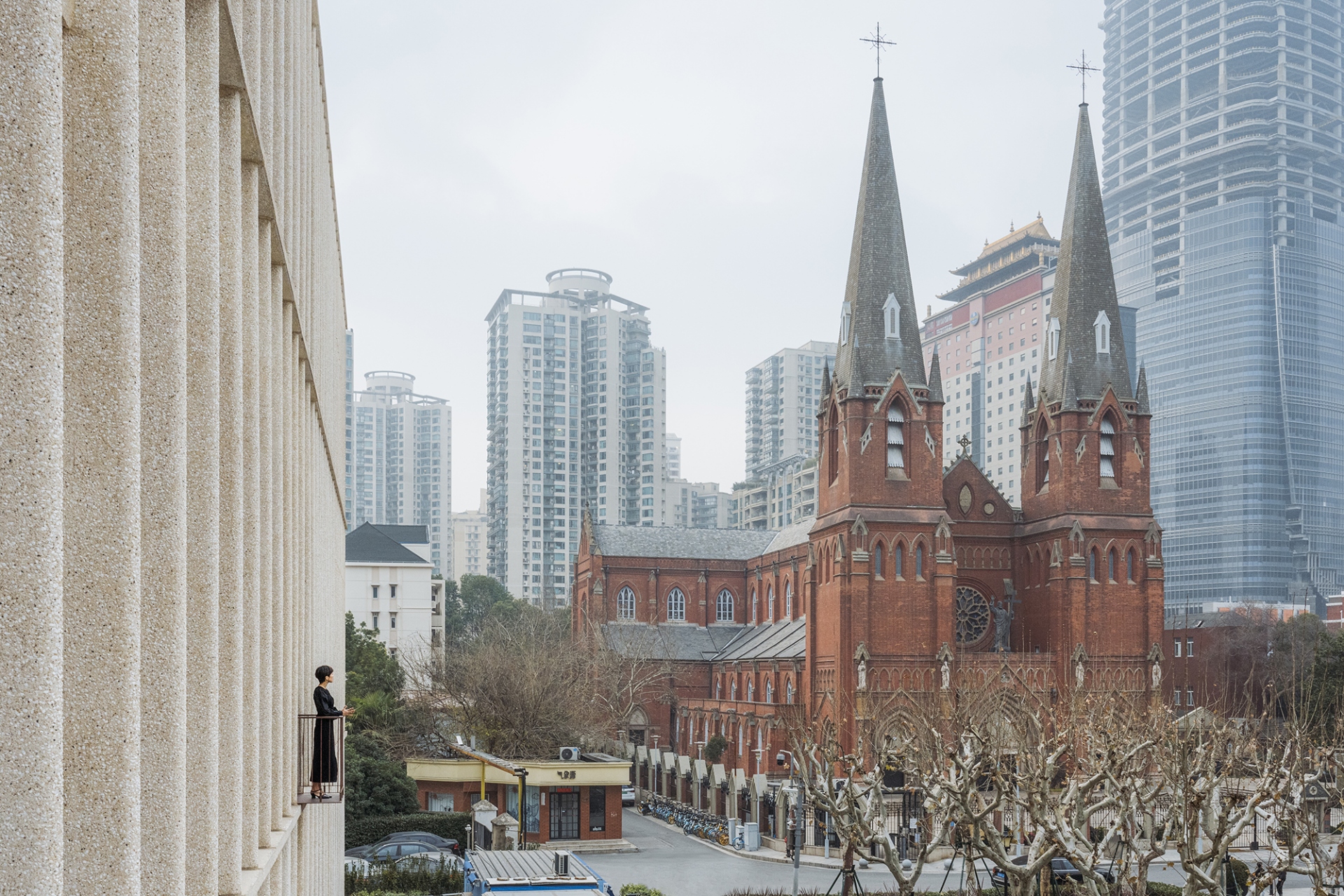
Commissioned to herald the design of this space, Wutopia Lab, as an architectural form, wanted to tackle the interior design from a different perspective. Rather than put makeup on the original structure, they wanted to develop a new spatial narrative based on the characteristics of the project to implant or dissolve the original architecture, thus creating a nouveau experience known as magical realism. The original building has a three-story atrium with a mezzanine on both sides. This classical atrium occupies the centre of the central axis, and Wutopia Lab reveals they wanted to avoid this classical-centred narrative, yet they didn’t want to completely neglect it. They took reference from the book, Underland: A Deep Time Journey, where Robert Macfarlane observes the burial of uranium waste from nuclear reactors: people seal the spent uranium cores in zirconium rods in copper columns, which are embedded in iron cylinders, at the same time, iron cylinders encased in bentonite slurry, and finally store them deep underground in rock formations, thousands of feet deep in gneiss, granite, or rock salt. This seems to be a common procedure in human societies to preserve important objects. From this, they conceived the structure of the "Chinese boxes within boxes" with its nested layers, which inspired the design team to implement the classical centred order as well as create a new narrative.
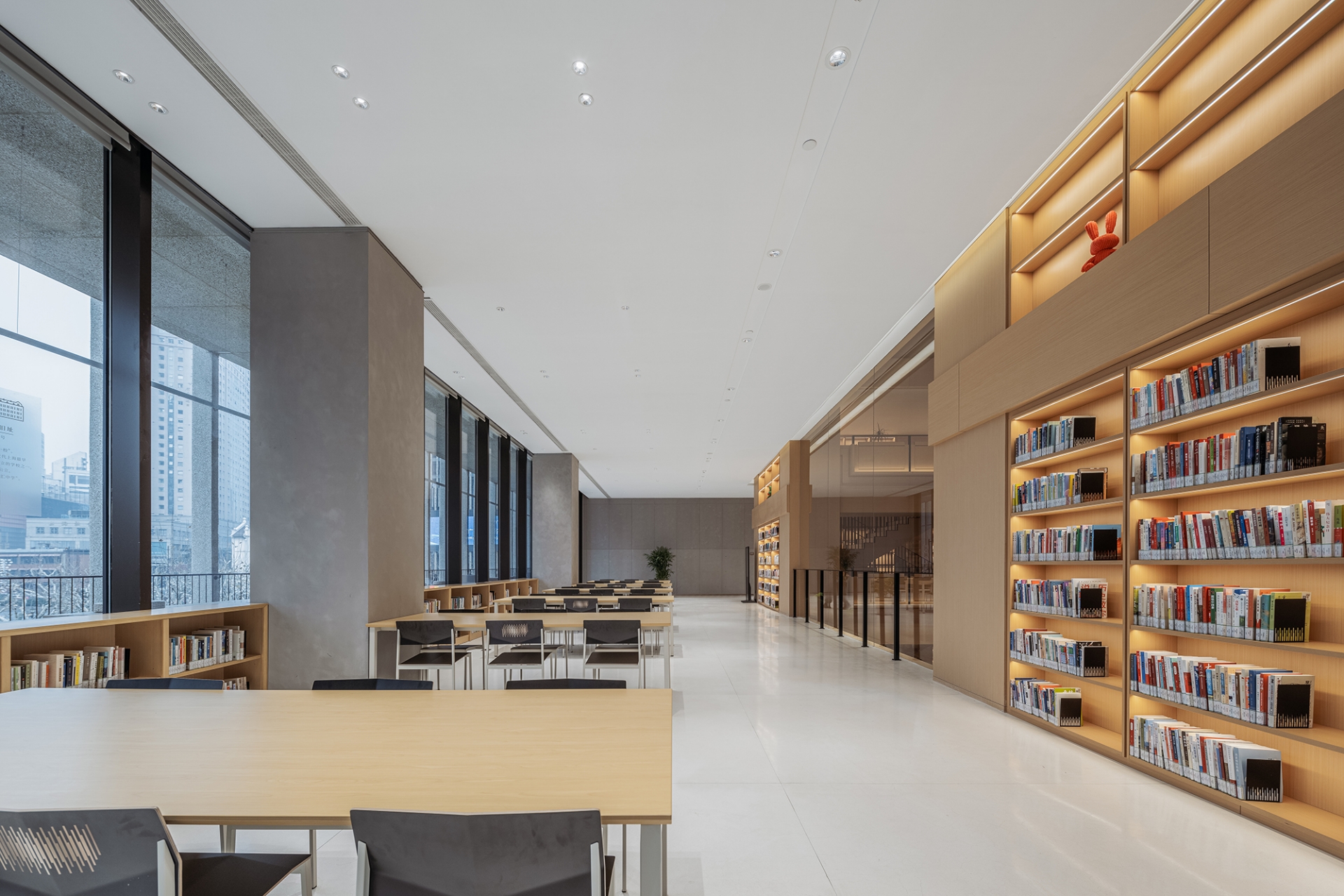
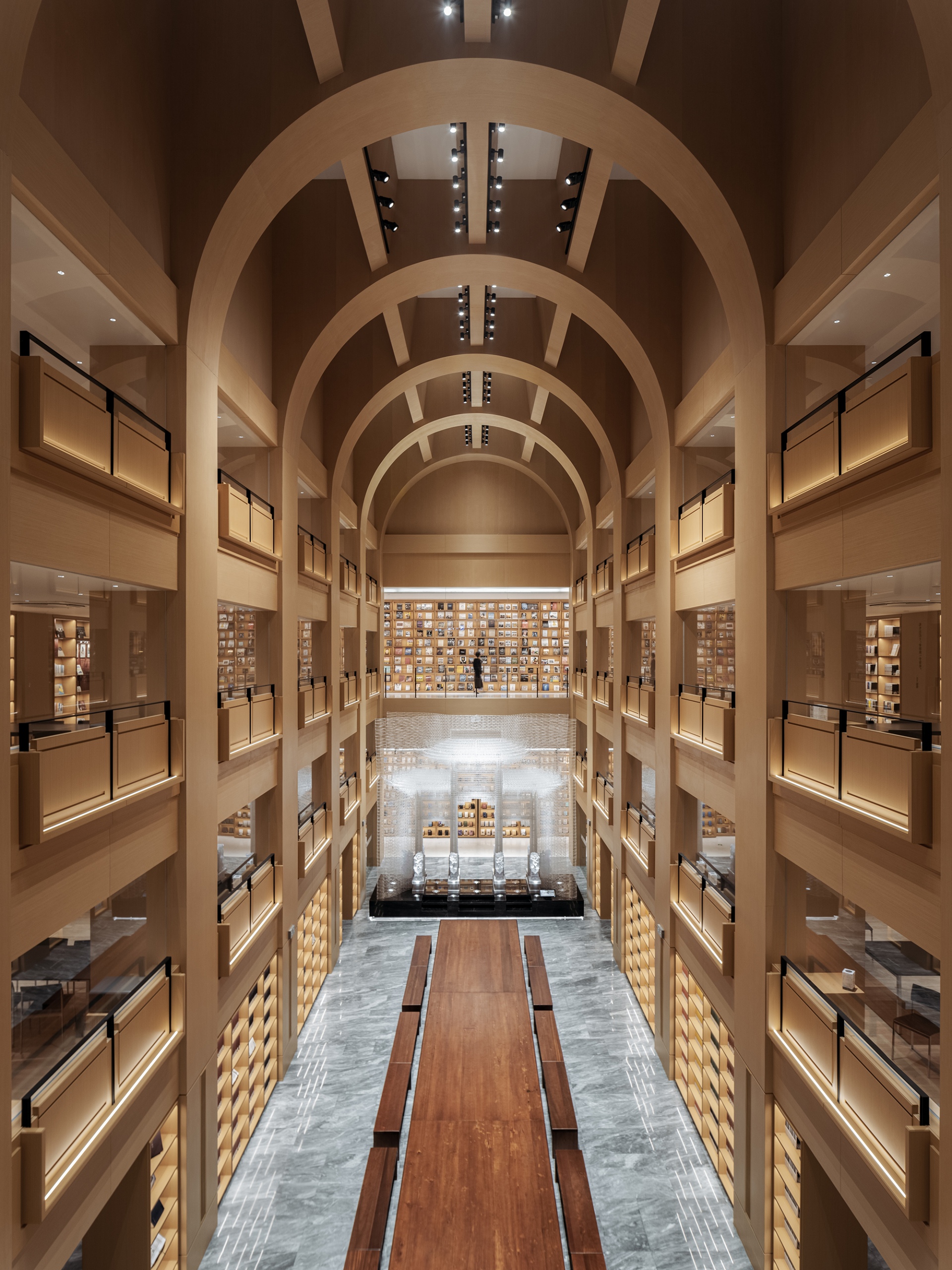
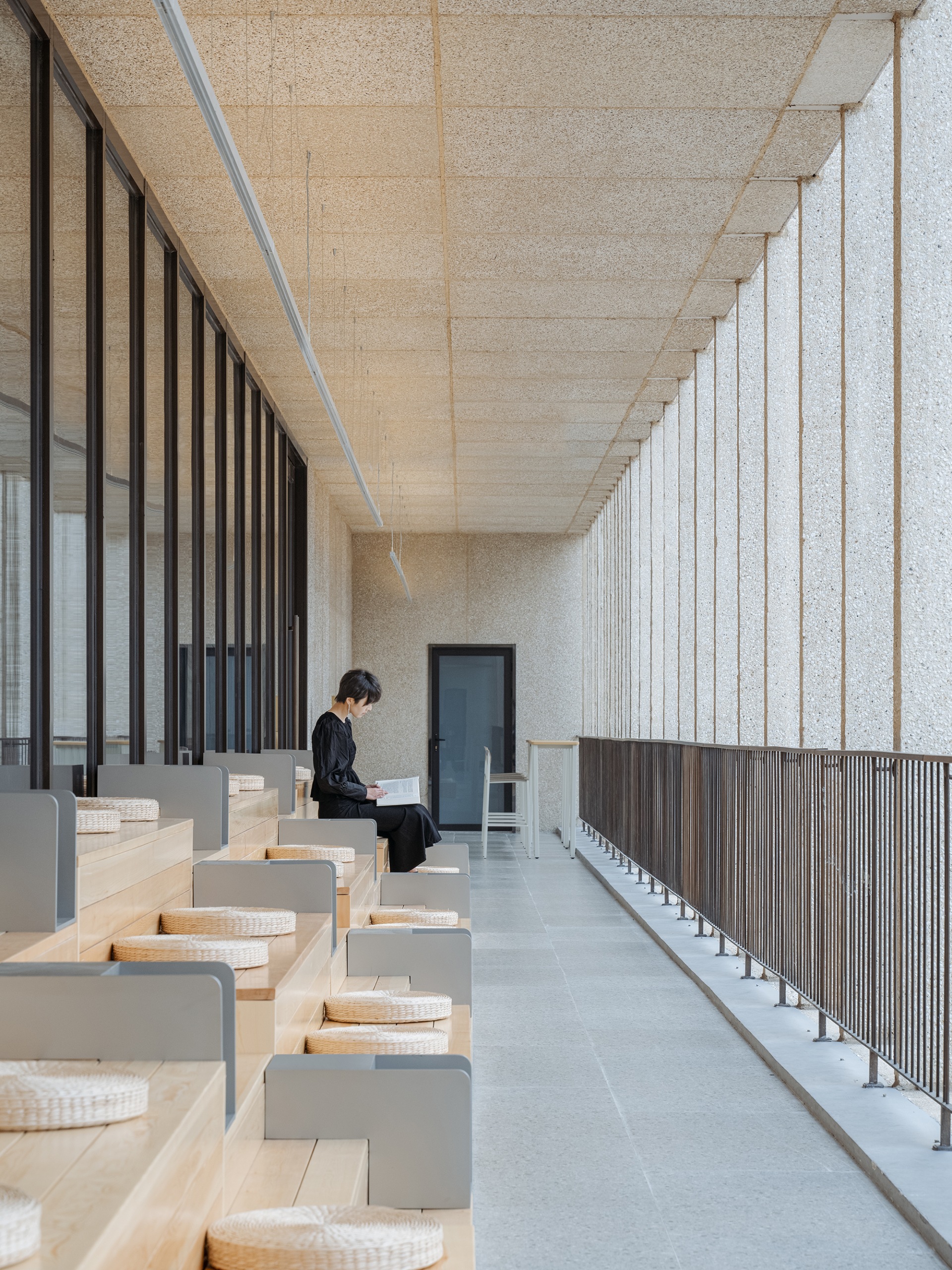
They share, “We created a "Chinese nested box structure in the Zikawei Library, which was derived from the traditional Chinese trousseau box in the Han Dynasty. The first layer of the box is the thin façade designed by DCA; the second layer consists of the main programs of the library such as coffee zones, various reading areas, lecture halls, exhibition halls, etc; the third layer is the donut-shaped aisle; the fourth layer is the atrium that serves as the library's reading hall; and finally is the heart of the library, the last protected treasure of the box structure. This narrative structure translates into space, where the second and third layers can be seen as Part A and the fourth and fifth layers as Part B. As for the outermost façade as the outer skin of the set, the inner set can be expressed independently in design without being influenced by its architectural language. The treasure on the fifth layer does not constitute a spatial meaning, but it does exist to complete the symbolic meaning of the box set.”
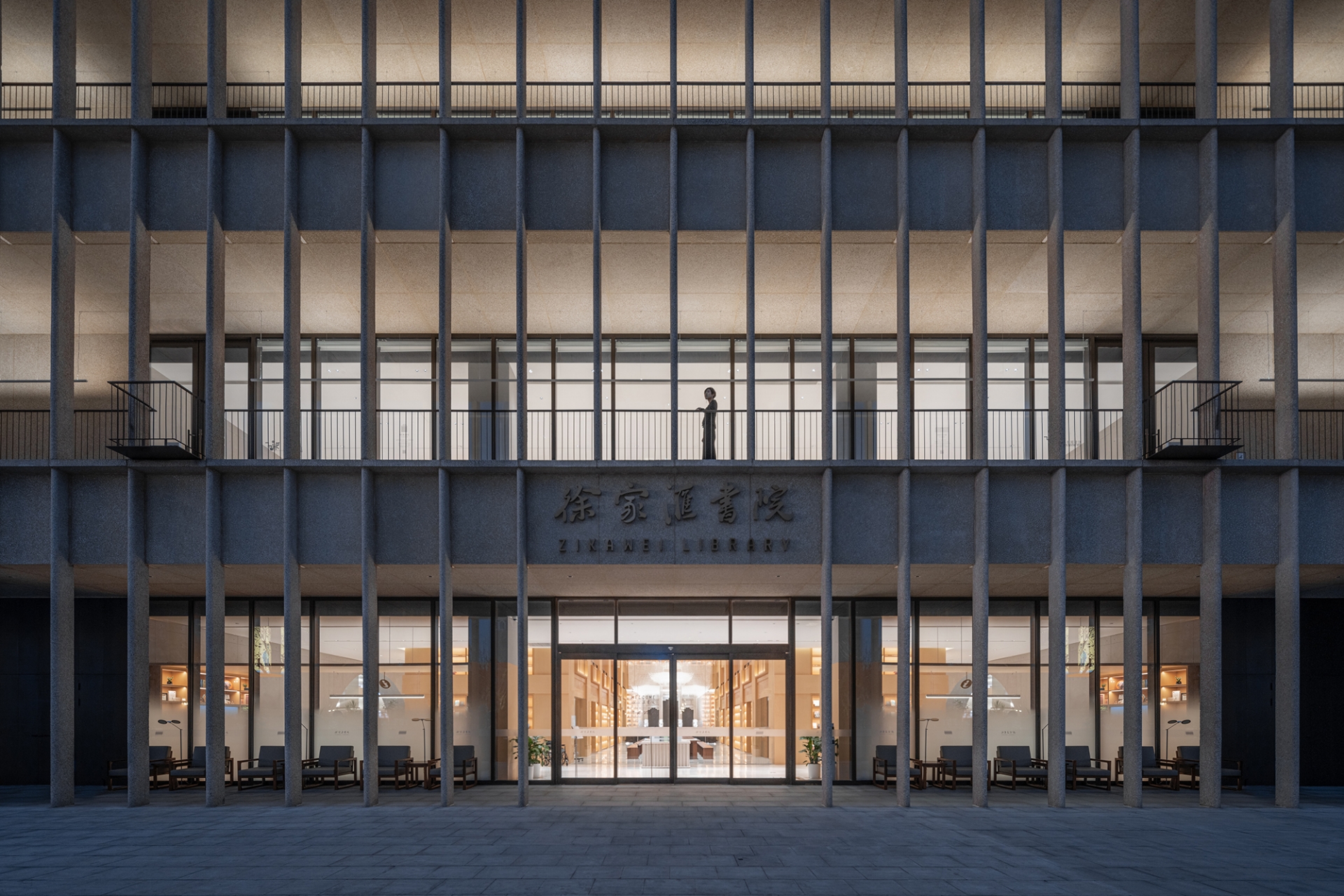
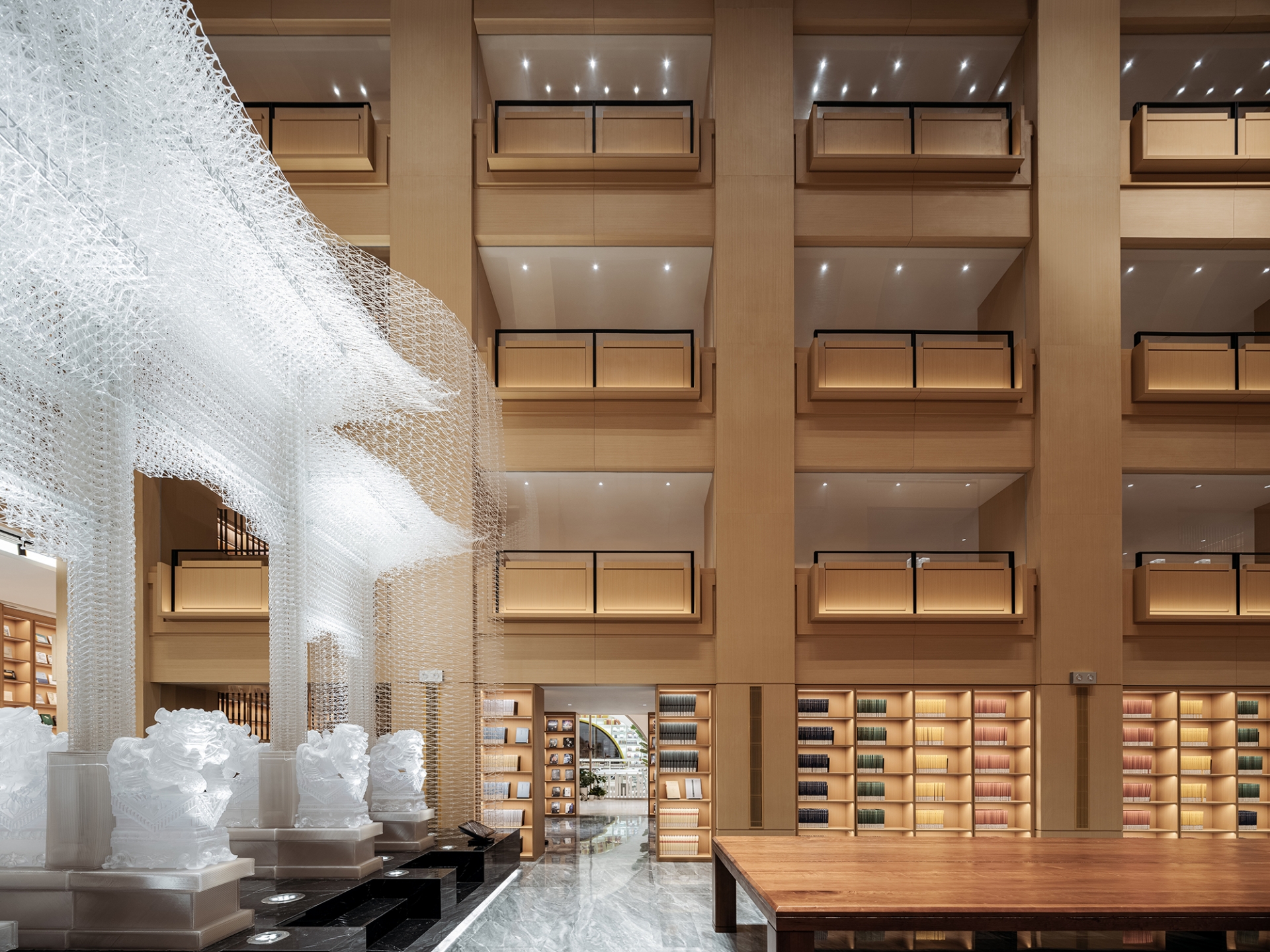
They continue, “Then what could be the treasures collected in this set box? Since the Zikawei Library was once going to integrate the Tou-Se-We Museum, the pagoda from Tou-Se-We was introduced here. As a library, it should also contain its own iconic representation - a reading table. We put in a reading table which is close to 30 metres - the longest in Shanghai. Together they both reinforce the central axis, also becoming the most important treasure in the Chinese nested boxes.” According to Wutopia Lab's dualism strategy, once the two main structures of A and B are sorted out, they can also be used as opposing sentences of each other - A, as a packaging set of boxes, can express solidity with concrete, terrazzo and paint. B, as a storage set box, can express lovingly with the warm wood tones. In the A area, it was also necessary to finely distinguish the second and third layers with paving and grey variations and nest smaller boxes in the main functional area as a library. On the second floor, the cafe is a round island, the children's reading area is a round centralised seating reading area, and on the second floor, a stained glass box taken from the glasswork of Tou-Se-We is embedded as a resting area. On the third floor, the skylight left by DCA combined with lighting is designed as a resting sofa between the second and third layers of boxes.
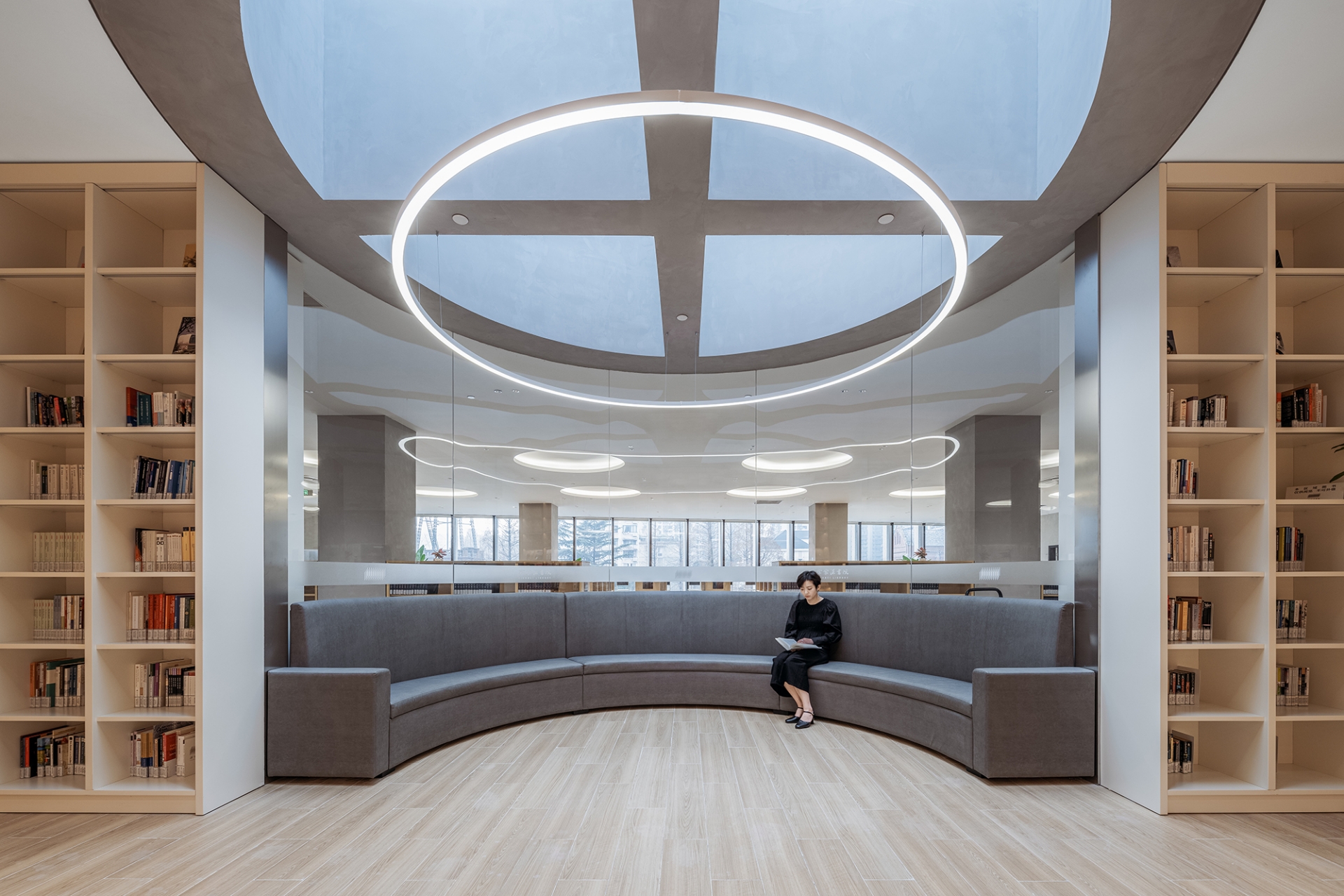
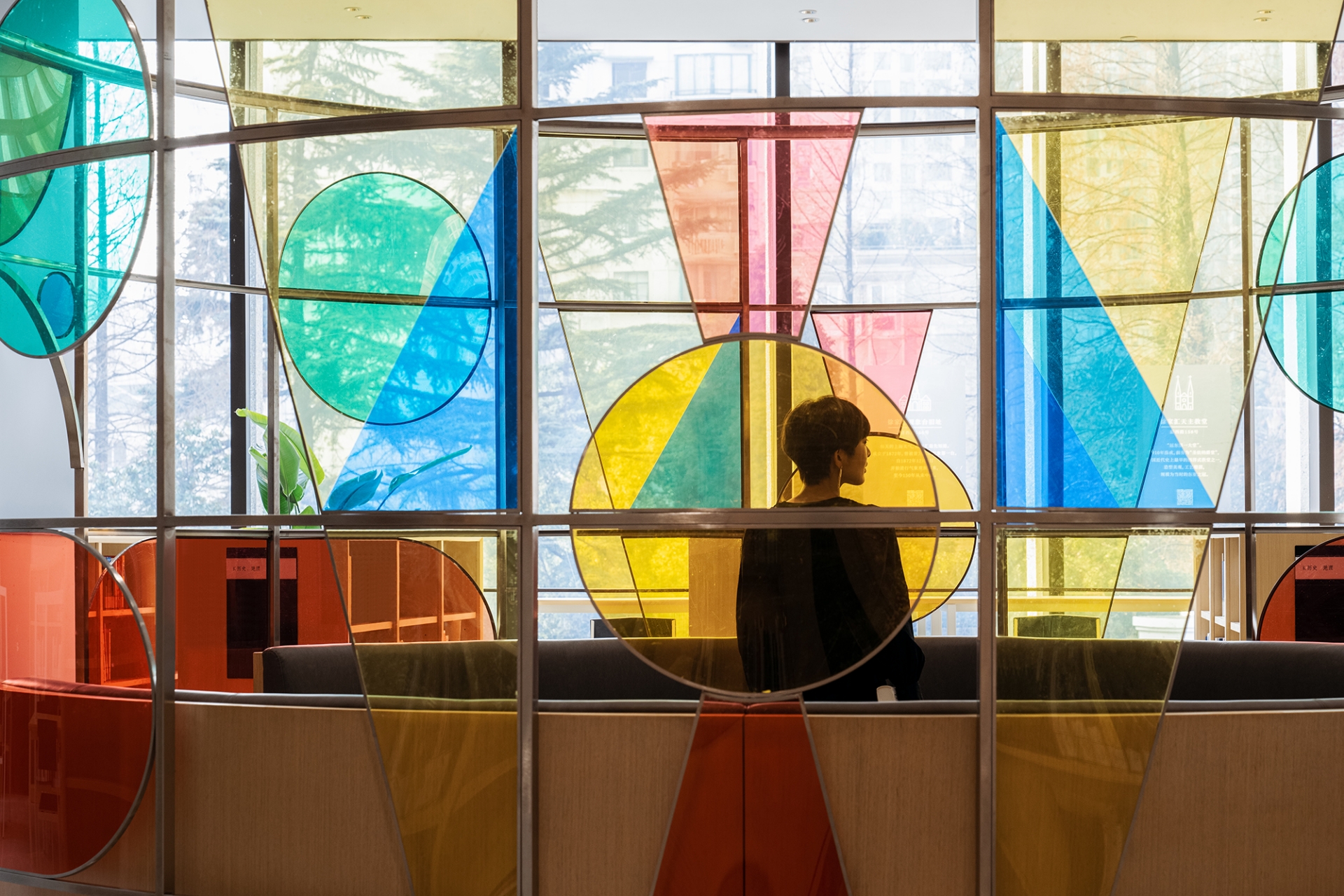
In the B area, the mezzanine on both sides of the atrium is designed as an intimate scale reading and display area, which enriches the structure of the nested layers. In order to strengthen the visual, at the junction between the two areas, the flooring and ceiling are made beside, so that the two areas could each form an independent visual expression. The B area, where the treasures are collected, exhibits a sacredness. In this regard, the architects borrowed the basilica, a typical spatial type of Catholic churches in the neighbourhood of the library, to sanctify the atrium. The atrium ceiling is designed as an arch to complete the symbolic interpretation of the library as a temple of knowledge for modern urbanites. This arch-form language is replicated on the first floor to form a continuous spatial expression, further divorcing the interior narrative structure from the facade construction logic to better fit the narrative of the Chinese set box. Because the Tou-Se-We Museum did not end up incorporating the library, Wutopia Lab’s design team didn’t introduce the pagoda into the atrium. At the end, the decision was made to print a modern designed rewritten pagoda in 3D printing as the culmination of the axis. In this way, the Western basilica and Eastern pagoda, the traditional wooden structure and the modern printing technology as a pair cleverly completed the proposition, combining East and West and blending the ancient and the modern. Thus the symbolic meaning of Zikawei as the source of modern Chinese science is sublimated in the structure of the nested Chinese set of boxes in layers.
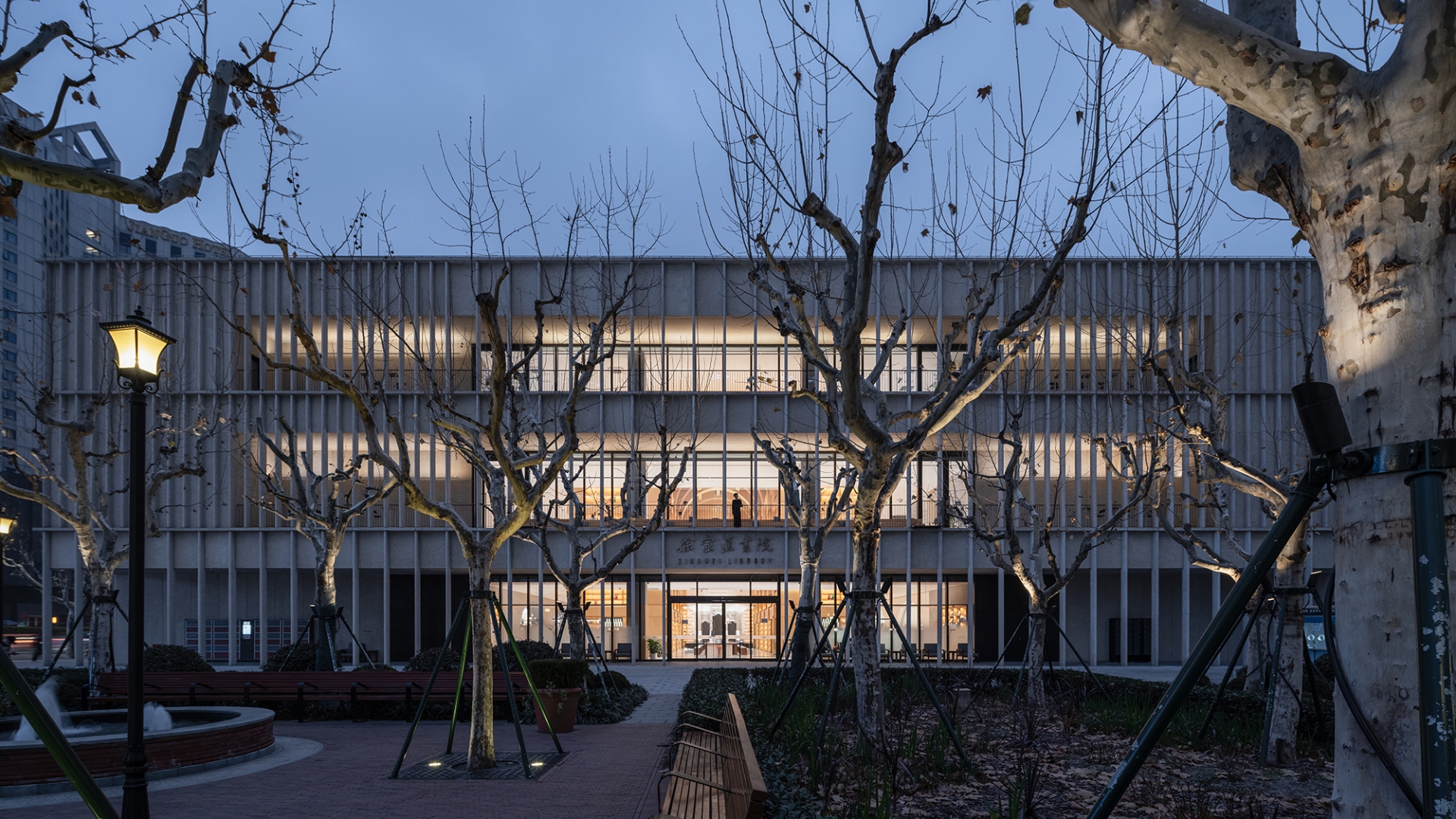
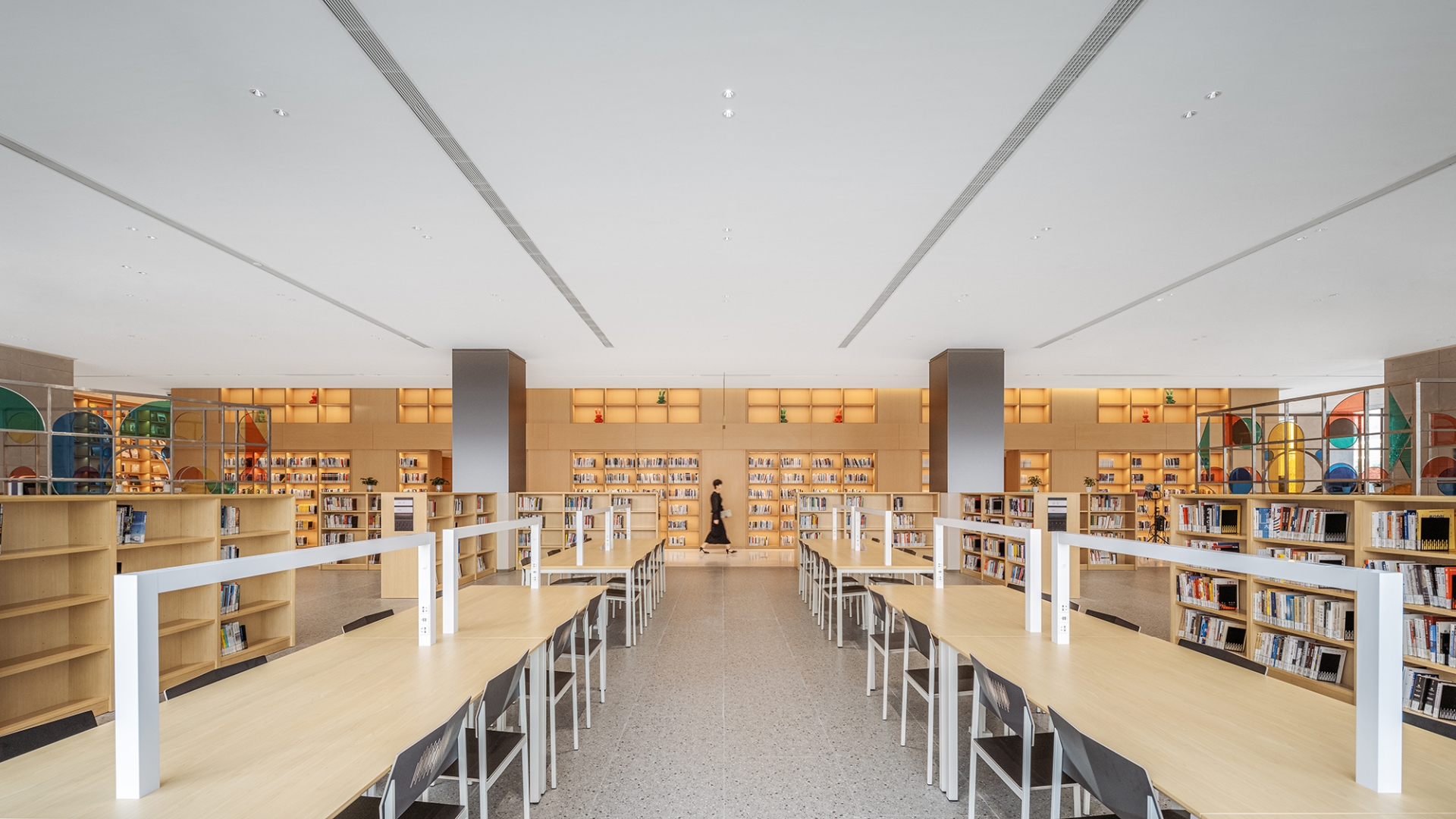
Wutopia Lab believes that any interior should be designed from an architectural perspective, to actively interact with the city. The Zikawei Library is a public library in the Zikawei district, rather than a research library, thus it should be designed to build a stronger connection within the community. Therefore, instead of a closed and inward-looking cultural place, the Zikawei Library should be more welcoming, not only to attract people who read, but also to those who don't.
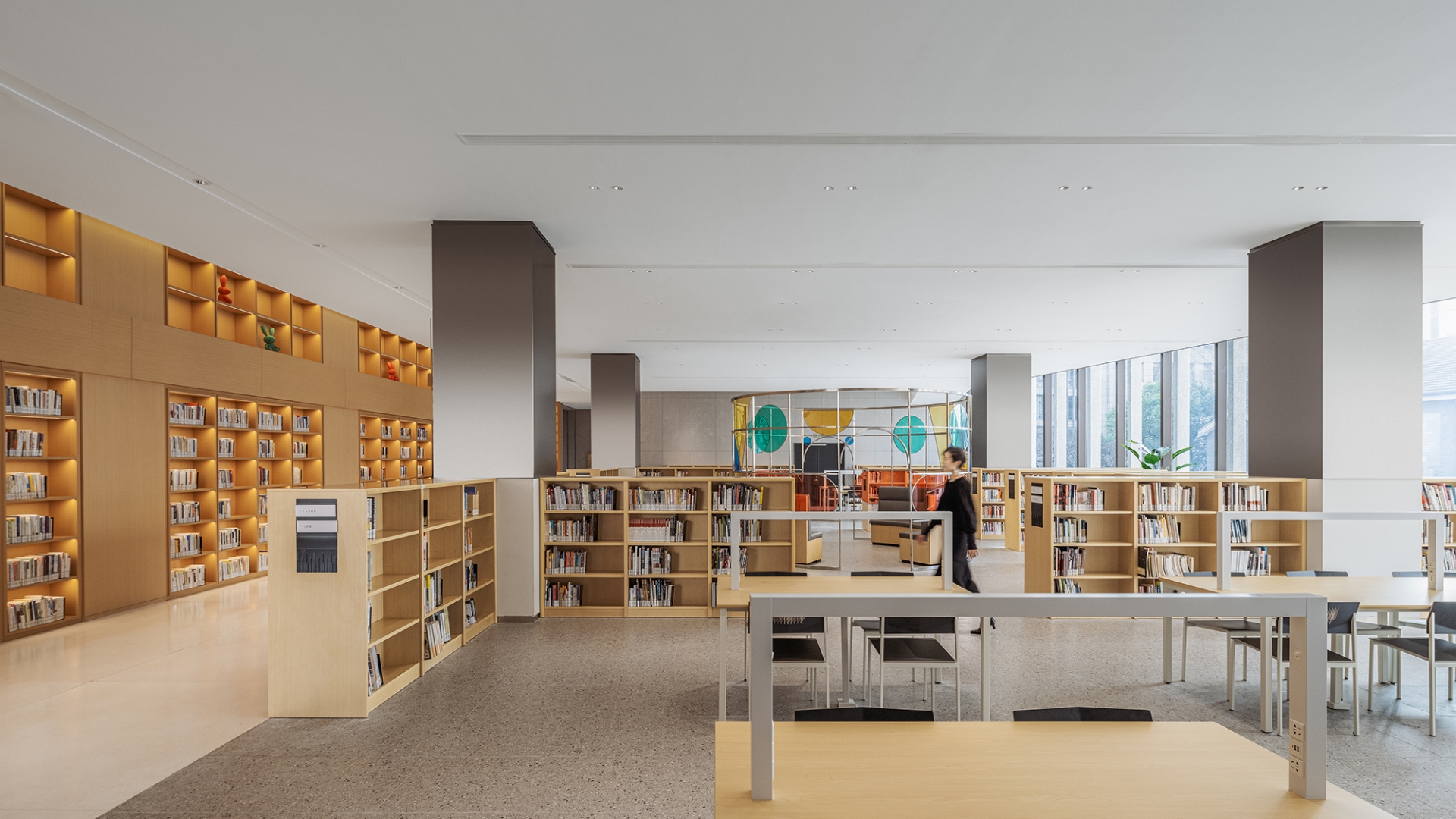
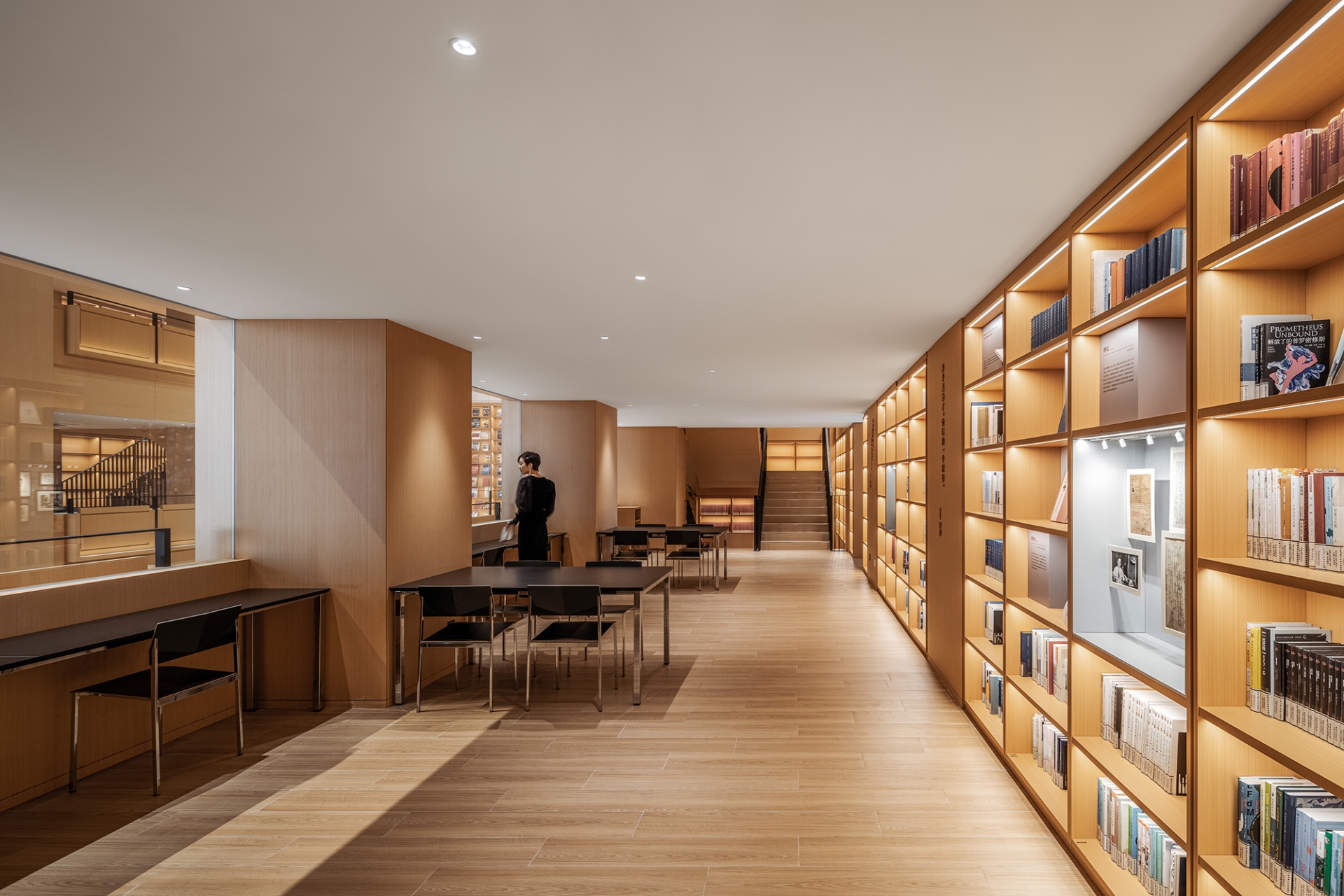
The atrium showing from the facade would be a good opportunity to welcome people. They share, “We designed the atrium to be a warm, well lit open space, visible through the colonnade behind the translucent facade, to offer a soothing island for people who travel in the unsettling sea of the metropolitan. The openness in a library should not jeopardise the reading experience, therefore, we took advantage of the wide balcony left by David Chipperfield and changed it into a step seating area to provide more public reading spaces. The bookstore faces an exquisite city street square. We looked at the square as a stage and the stepped seating area as a theatre where readers sit as an audience. As "You stand on the bridge viewing the sight; You're beheld by the viewer from height" - the interaction between the two interrupts the rigid façade.
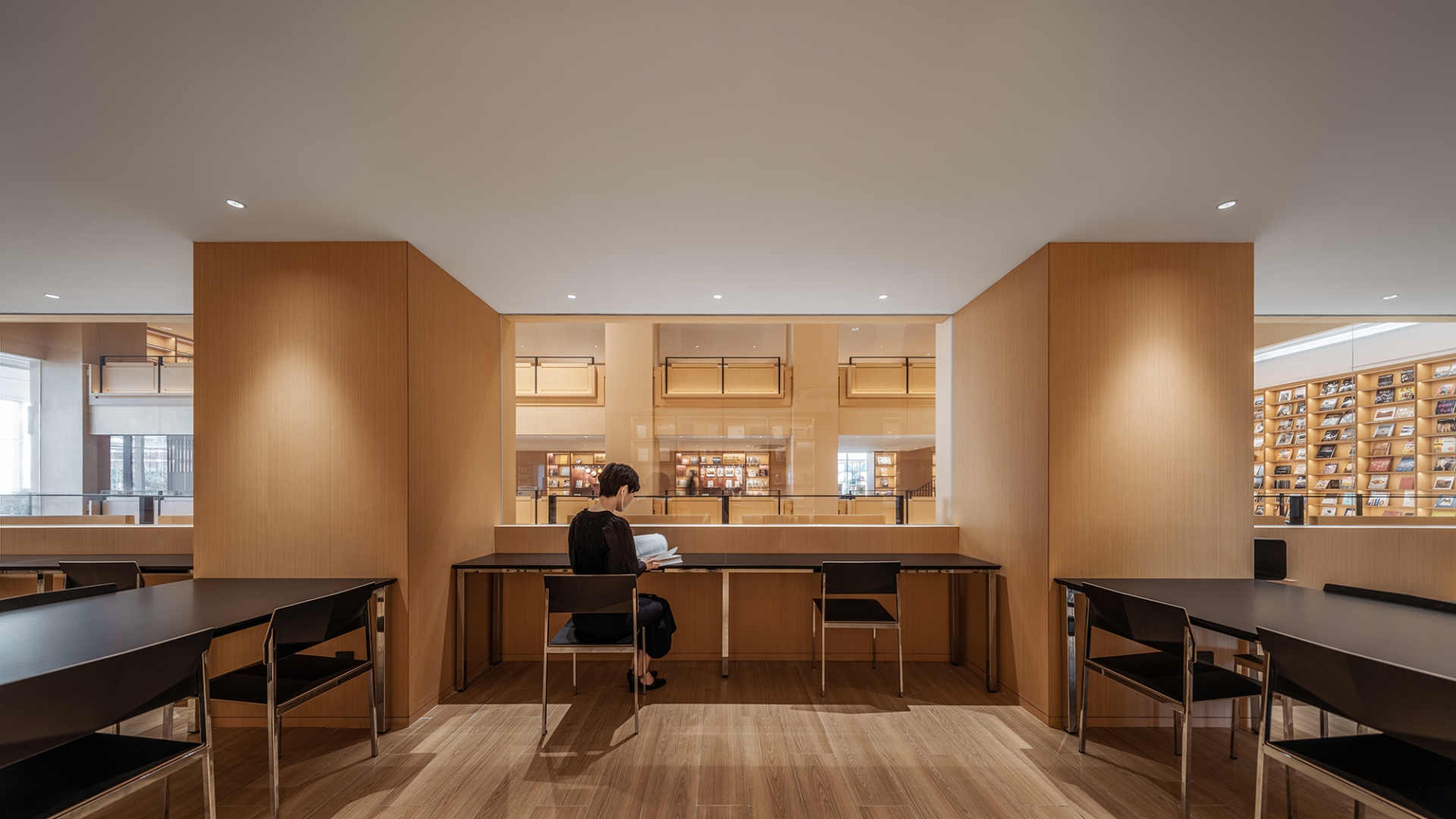
The client also asked for a cantilevered balcony from the colonnade, which would break the rhythm of the original façade. After a lot of testing and deliberate thinking, we designed a tiny step on the side of the balcony on the second floor for people to step out. This tiny step provides a vast view into the city, as if in the air, just like the tiny step we took to change our whole perspective to life.”
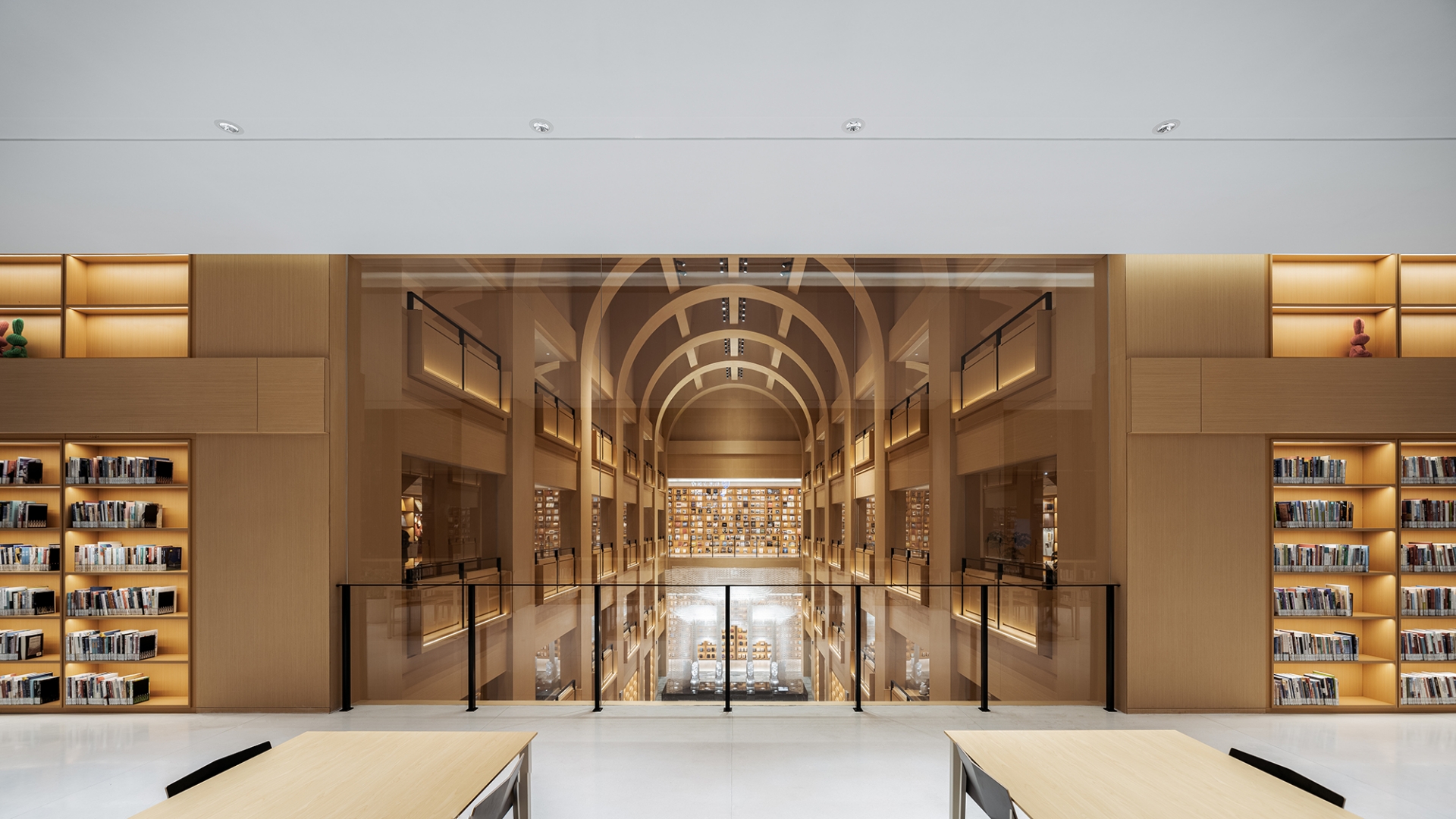
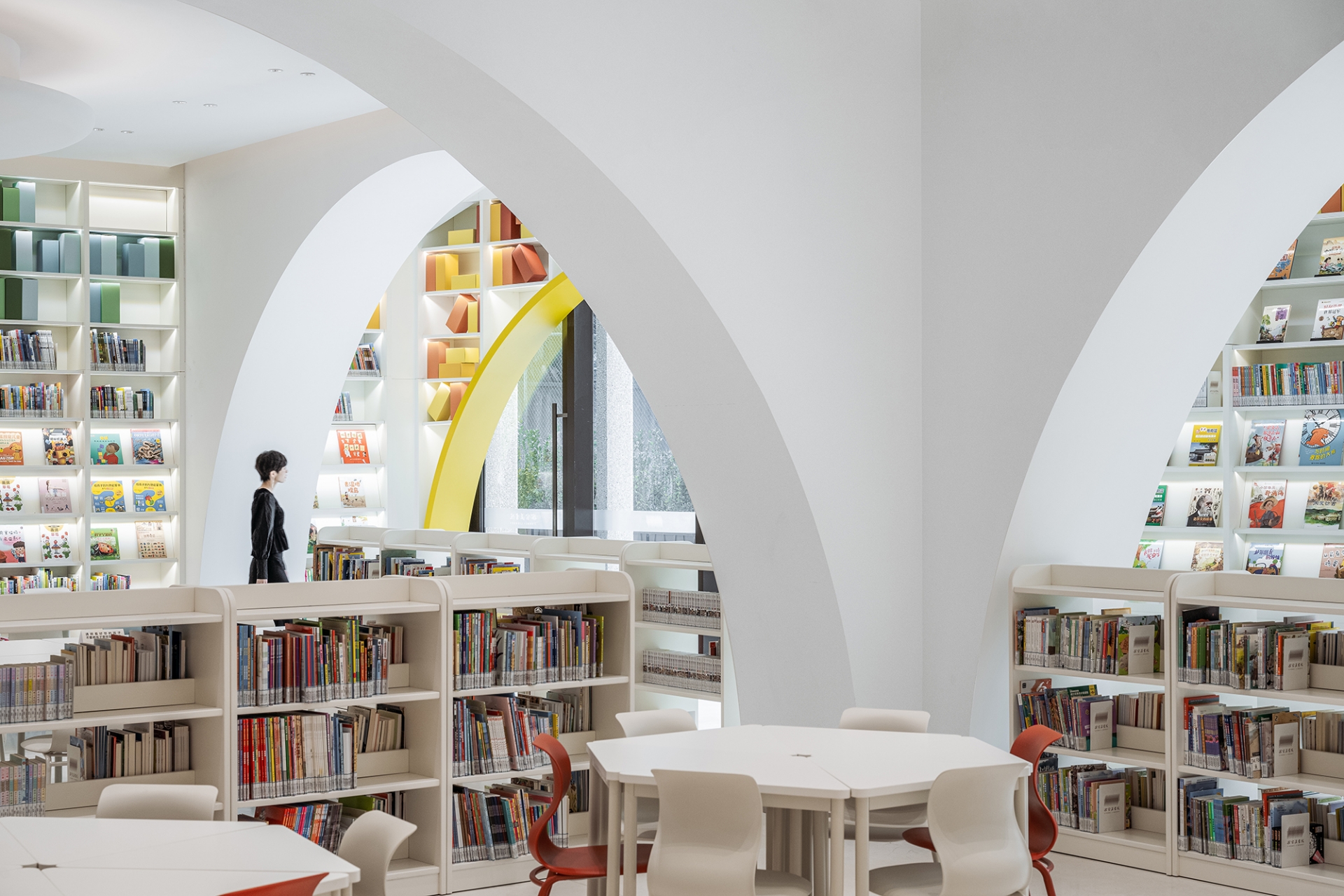
Indeed, a welcoming library re-activates the community and renews the city and the Zikawei Library has defied all expectations with its popularity since opening. For the first time ever, a place of public interest has become the first and hottest landmark in town and drove the Zikawei business district, (which has been under the radar for a long time, into the spotlight again). “That's the magic of a library. This is the magic of Shanghai,” they conclude.





